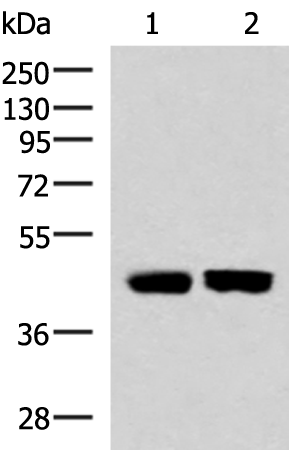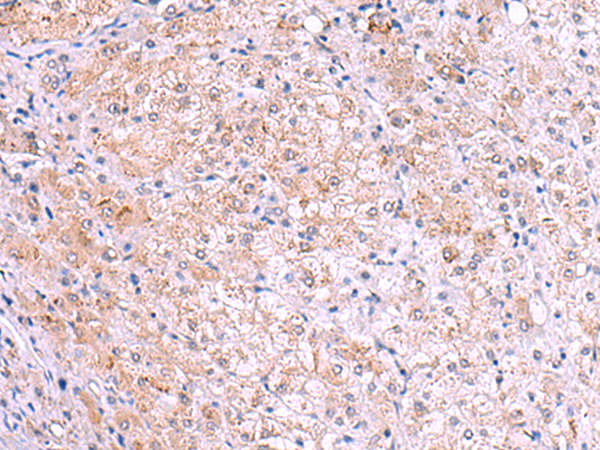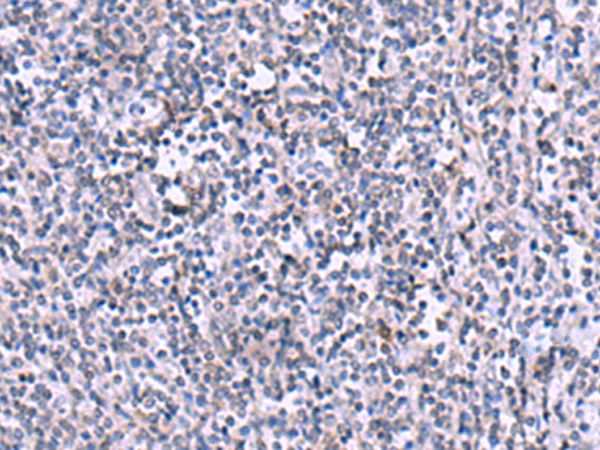KIR3DL1 Polyclonal Antibody
For reference only. Please follow the manual included in your kit for instructions.
Catalog Number
Product Name
KIR3DL1 Polyclonal Antibody
Catalog Number
RD252955A
Clonality
Polyclonal
Purification Method
Antigen affinity purification
Isotype
IgG
Host
Rabbit
Background
Killer cell immunoglobulin-like receptors (KIRs) are transmembrane glycoproteins expressed by natural killer cells and subsets of T cells. The KIR genes are polymorphic and highly homologous and they are found in a cluster on chromosome 19q13.4 within the 1 Mb leukocyte receptor complex (LRC). The gene content of the KIR gene cluster varies among haplotypes, although several "framework" genes are found in all haplotypes (KIR3DL3, KIR3DP1, KIR3DL4, KIR3DL2). The KIR proteins are classified by the number of extracellular immunoglobulin domains (2D or 3D) and by whether they have a long (L) or short (S) cytoplasmic domain. KIR proteins with the long cytoplasmic domain transduce inhibitory signals upon ligand binding via an immune tyrosine-based inhibitory motif (ITIM), while KIR proteins with the short cytoplasmic domain lack the ITIM motif and instead associate with the TYRO protein tyrosine kinase binding protein to transduce activating signals. The ligands for several KIR proteins are subsets of HLA class I molecules; thus, KIR proteins are thought to play an important role in regulation of the immune response.
Immunogen Information
Immunogen
Fusion protein of human KIR3DL1
Swissprot
P43629
Synonyms
AMB11CD158 antigen-like family member ECD158eCD158e antigenCD158E1CD158E1/2CD158E2CL11CL2HLA-BW4-specific inhibitory NK cell receptorKI3L1killer cell immunoglobulin like receptorKiller cell immunoglobulin like receptor three domainsshort cyto
Calculated MW
49 kDa
Observed MW
Refer to figures
Gene Accession
BC028206
Applications
Reactivity
Human
Tested Applications
WB,IHC,ELISA
Conjugation
Unconjugated
Dilution
WB 1:1000-1:5000, IHC 1:50-1:300, ELISA 1:5000-1:10000
Concentration
1.86 mg/mL
Storage Buffer
PBS with 0.05% NaN3 and 40% Glycerol, pH7.4
Storage Instructions
Store at -20°C. Avoid freeze / thaw cycles.


